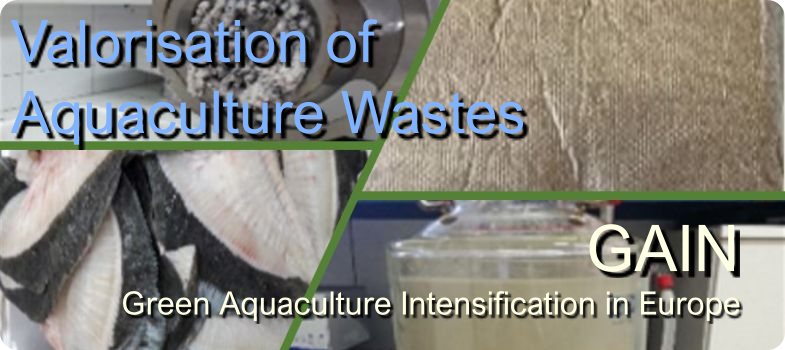What is a fish gelatin?
Gelatin is the water-soluble collagen form obtained after the partial hydrolysis of this protein by thermal, enzymatic, and/or chemical treatments yielding a reduction of protein fibrils into smaller peptides and polypeptides. The molecular weight distribution of gelatins are commonly ranged between 50-300 kDa, and the main technological and physicochemical property of their aqueous solutions is to form films (gelling) under specific conditions.
As in the case of collagen, the main source of gelatins are connective tissues as skins, but a certain amount of gelatin is also present in animal bones and cartilages. Commercial gelatins are commonly isolated from skins of mammalian porcine and bovine, but fish skins are also a valuable source of this biopolymer. Thus, fish gelatins are the gelatins produced from fish substrates.
The applications of gelatins are wider, including precursors of industrial dyes and glues, thickeners and food clarifiers, hydrogels for food and tissue regenerative applications, materials to build micro and nanodevices for drug and bioactive delivery, and substrate to formulate films.
In general, the extraction yield and the composition of dried fish gelatin are dependent on the substrate used (origin, species, tissue) and the processing steps of purification (intensity, time and kind of procedures, chemical reagents, etc.): yields ranging from 2 to 18% (w/w, wet basis), some amount of moisture (4-14%, w/w dry basis), a small level of minerals (0.5-5.0%, w/w dry basis) and total fat (0.2-6.0 w/w dry basis) and pure protein from connective tissue (75-90% w/w dry basis). Functionality, applicability, and commercial value of fish gelatin are influenced by those chemical features, including molecular weight profile and amino acid content, and by physical properties such as gel strength, viscosity, color, turbidity, thermal stability, etc.
